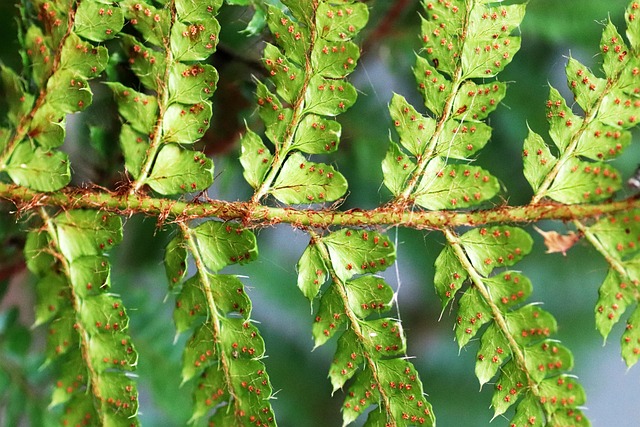Blooming Beauties: Eco-Friendly Ways to Propagate Flowering Plants
As the sun warms up and nature starts to awaken from its winter slumber, there’s no better time to dive into the world of gardening, especially when it comes to the propagation of plants. For plant enthusiasts and eco-conscious individuals alike, this is a chance to create beautiful and sustainable gardens that can be both a personal oasis and a gift to the environment. Propagating flowering plants not only extends the joy of blooming beauties within your home but also promotes a greener planet.
The Essence of Eco-Friendly Gardening
Gardening has always been a heartfelt connection to nature, a way to nurture life and witness growth. By adopting eco-friendly practices, we can enhance this intimate relationship while ensuring a sustainable future for generations to come. Propagation is one of the most fruitful ways to contribute to the environment, allowing us to cultivate new plants while minimizing waste and reducing our carbon footprint. Let’s delve into some eco-friendly methods of propagating flowering plants that align with our love for nature.
1. Seed Propagation: The Natural Way
One of the purest methods for propagating flowering plants is through seeds. Collecting seeds from your existing plants not only saves money but also allows you to grow varieties suited to your garden’s ecosystem. Choose seed from native or heirloom varieties to maintain biodiversity and support pollinators. Simply spread seeds across your garden in the right season, water gently, and watch as nature works its magic!
2. Cuttings: Simple and Sustainable
Using cuttings is a fantastic way to practice the propagation of plants. Start by taking a healthy stem or leaf cutting from a flowering plant. Place it in water or a potting mix, and with a little patience, roots will form. This method reduces the need for pesticides and fertilizers, allowing the plant to flourish in its own natural way. Many flowering plants, such as geraniums and succulents, readily propagate from cuttings, making this method accessible to all gardeners.
3. Division: Sharing is Caring
If you have perennials crowding your garden, consider dividing them! This method not only helps to rejuvenate overgrown plants but also allows you to create new plants to share with friends or neighbors. Simply dig up the root ball of your flowering plant, separate it into smaller sections, and replant them with care. This process effectively gives your plants more space to grow, ensuring a lively and colorful garden.
4. Layering: Nature’s Magic
Layering is a charming way to propagate flowering plants while allowing them to stay connected to their parent plant. Select a flexible stem and bend it to the ground, burying part of it in soil while leaving the tip exposed. Over time, roots will develop at that buried section, and you’ll have a new plant ready to thrive. This method is particularly effective for climbing plants and shrubs and showcases nature’s intricate patterns of growth.
5. Using Eco-Friendly Materials
Each step towards propagation can be an eco-conscious choice. Opt for biodegradable pots made from materials like coconut coir or paper, which can break down and contribute to soil health. Recycle plastic containers for starting seedlings, and use organic soil amendments to give your new plants the best foundation possible. These small choices create waves of positive impact, marrying your passion for gardening with the quest for a healthier planet.
Connect With Nature Through Propagation
The propagation of plants is not only a fulfilling gardening practice; it’s a way to connect with nature’s rhythms. Each new seedling holds the promise of beauty and biodiversity, helping to sustain our ecosystems and support local wildlife. Whether you are cultivating flower beds, creating borders, or designing a cozy balcony garden, your choice to propagate flowering plants with eco-friendly methods will contribute to a greener world.
Embrace the excitement of watching life unfold, and let your garden bloom with the beauty of sustainable practices that respect and protect our precious Earth. Happy gardening!




